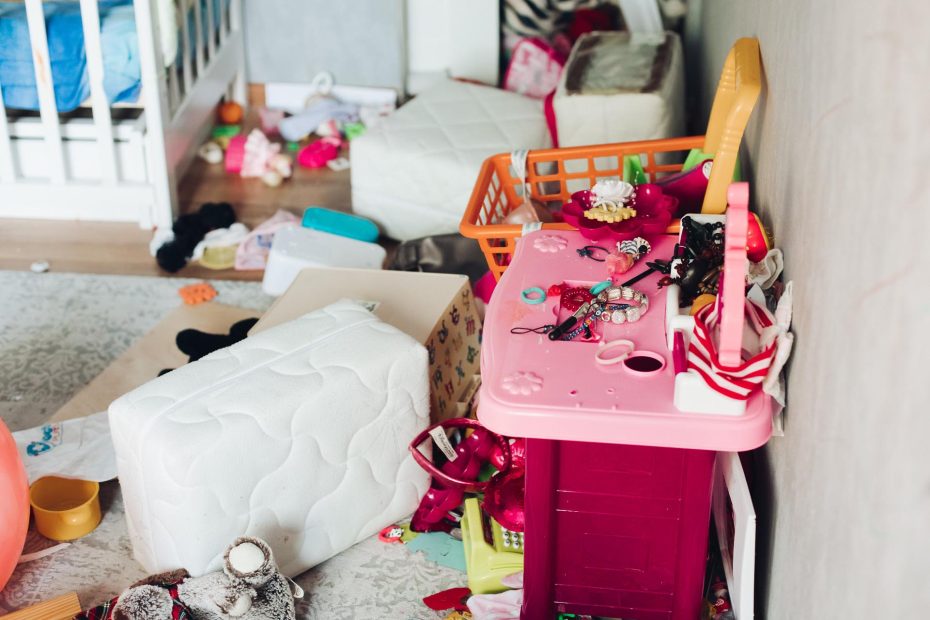In the realm of Connection, it has been covered that children are born as caring beings, inherently inclined to be caring and kind. The contradiction arises, according to research, from the fact that by around the fourth grade, they are socialized to think more about themselves than others. How can we reverse this trend and instill long-term change so that our children care for others?
A study conducted by the University of British Columbia and the University of California, Riverside, involved several hundred 9 to 11-year-old children. They were divided into two groups. One group was asked to perform at least three acts of kindness per week for individuals of their choice for a month and record these in a journal. The other group, also comprising several hundred participants, had to visit pleasant places three times a week and document their experiences. Not surprisingly, the results mirrored similar studies with adults, indicating that when children behaved kindly towards others or visited pleasant places, their level of happiness increased.
However, those in the first group, who performed acts of kindness, received an additional boost. The study revealed that, on average, they made 1.5 new friends during the month, clearly indicating that kindness and caring for others also bring benefits to them, as they support emotional well-being and foster positive connections with peers. Furthermore, kindness and a caring attitude have a positive impact on their development. The demeanor of well-liked children tends to be more positive, showing less aggression as they transition into teenagers, and they are more likely to achieve better academic results. Simply put, kindness and caring make a significant difference to their outlook on life.
The aforementioned study serves as a good example of what we also believe based on our own experiences: that nurturing caring and attentive children is a sort of parental mission. Its goal is not only to make them happy themselves but also to create a more harmonious world around them through the development of their relationships, which extends ever wider. In this aspect, we approach caring from a practical angle within the Collaboration section. However, we also address it in the realm of Connection, where softer, more delicate aspects of family relationships take center stage, such as how to set healthy boundaries while maintaining our relationships, or how to spend quality time together without sacrificing our individual needs. There is, of course, overlap and similarity between the two areas, as well-functioning relationships also facilitate cooperation, and we provide equally practical suggestions for implementation in both domains. However, the difference lies in the focus: while these articles concentrate on improving family cooperation through task-sharing, the Connection section is dedicated to enhancing valuable family relationships.
If you keep reading, and why wouldn’t you, in the following articles you will find practical advice, age-appropriate tasks, and exercises for the caregiving and supportive tasks typically encountered in families. With these, your child can experience the uplifting feeling of caring through cooperation.
Related articles
A clean and organized home
Imagine a home where everything is orderly and sparkling clean. Is yours not like that…
Order in everything
Messy rooms? Toys scattered everywhere? Let’s see how we can leave this behind! Maintaining order…
Cleaning? Done!
No one likes dust bunnies under the couch or sticky floors in the kitchen. Useful…


